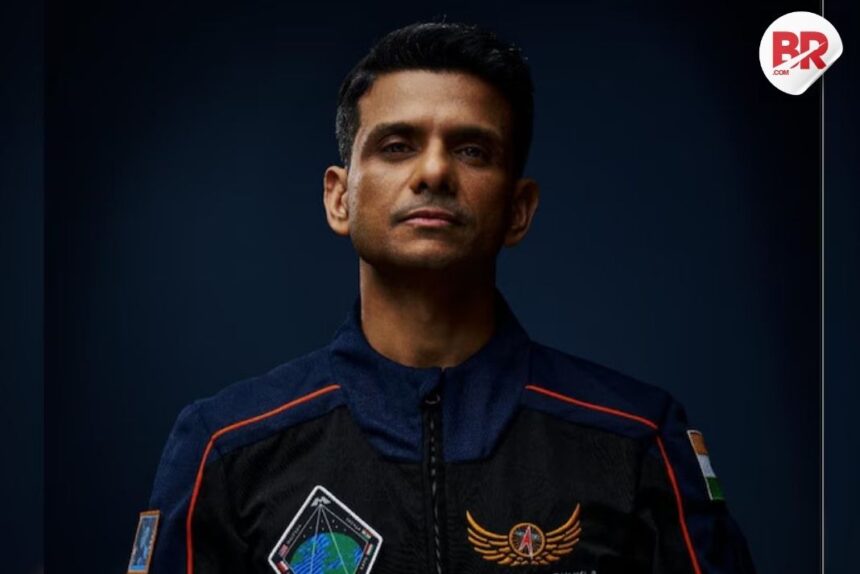
India is preparing for its first human spaceflight mission, Gaganyaan, scheduled for early 2027, and Group Captain Shubhanshu Shukla has been chosen as one of the astronauts for this landmark mission.
He will conduct crucial scientific experiments in space to understand how the human body reacts in a microgravity environment. His research will include studying physical, mental, and medical changes, especially focusing on muscle weakening in space and possible treatments to reduce such effects. Shukla will also study tardigrades, tiny creatures that can survive extreme conditions, to understand how they live and reproduce in space.
This could help scientists explore the possibilities of life beyond Earth. Alongside Shukla, the crew will include Group Captain Prasanth Nair, Angad Pratap, and Ajit Krishnan, while Group Captain P.B. Nair has been named as the backup astronaut for the Axiom-4 mission to the International Space Station. Union Minister Dr. Jitendra Singh called this mission a matter of national pride and credited the progress to recent policy changes that have supported both public and private participation in the space sector.

“It is a matter of pride for all Indians that Shubhanshu Shukla will be part of this international space mission. His role will be just as significant as anyone else involved.
While Rakesh Sharma was the first Indian astronaut to go to space, it was a Soviet mission, with… pic.twitter.com/su4vYT0qzr
— Dr Jitendra Singh (@DrJitendraSingh) June 3, 2025
He also highlighted India’s future plans, including the Deep Ocean Mission to explore marine resources, increased investment in nuclear energy, and new developments in aviation, such as trainer aircraft and the electric e-Hansa. With these initiatives, India is working towards becoming a major scientific power, aiming to grow its space economy from $8 billion to $44 billion as part of the Viksit Bharat @2047 vision. The Gaganyaan mission is a major step in this journey, showcasing India’s commitment to innovation, self-reliance, and global collaboration in science and technology.












